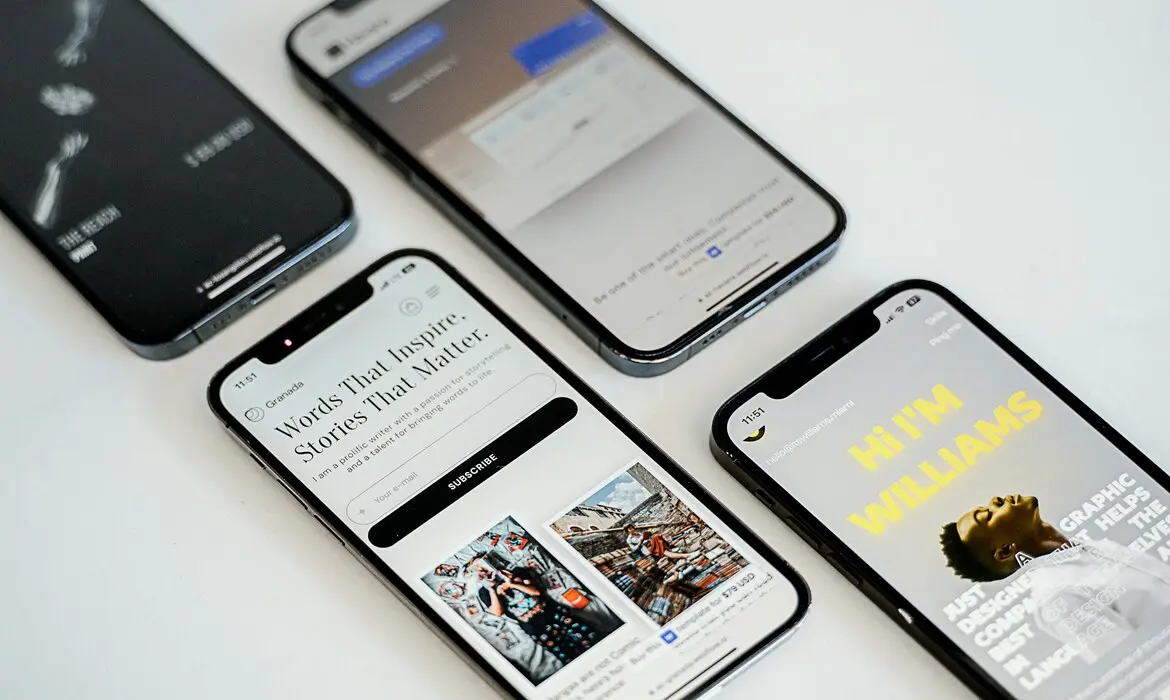Custom Mobile Apps – Why Most Fail and How to Build for Proven, Lasting Success
In an age where mobile usage dominates digital engagement, building a mobile app may seem like a no-brainer. Yet, statistics tell a different story — more than 90% of custom mobile apps fail to meet business goals or user expectations. From poor performance and clunky UX to limited scalability and strategic misalignment, the reasons are many.
So why do so many mobile apps fall short, and what separates successful apps from those that end up uninstalled and forgotten?
Let’s explore the strategic reasons behind common failures — and the modern principles and practices that lead to mobile app success.
Why Most Mobile Apps Fail
A mobile app isn’t just code — it’s a digital product that must serve real users, solve real problems, and integrate seamlessly with evolving business needs. When companies treat app development as a one-off technical task rather than a strategic initiative, failure becomes almost inevitable.
Common pitfalls include:
Lack of product-market fit: Building features users don’t actually need or want.
Poor user experience: Cluttered interfaces, confusing flows, or laggy performance lead to abandonment.
Ignoring platform differences: Failing to optimize for both iOS and Android leads to inconsistencies.
Overbuilding upfront: Launching with too many features instead of a core MVP delays feedback and learning.
Neglecting maintenance: Mobile apps need constant updates, support for OS upgrades, and user feedback integration.

Strategic Foundations for Mobile App Success
A great mobile app starts long before the first line of code. It begins with clarity, user understanding, and iteration — backed by technology choices that support performance and scalability.
What successful mobile apps get right:
User-Centered Design: Every decision starts with the user. From UI layout to feature prioritization, successful apps are laser-focused on real user pain points and goals.
Agile, Iterative Development: Launch fast with an MVP. Test, measure, and iterate based on real-world usage.
Cross-Platform Optimization: Whether using native code (Swift/Kotlin) or frameworks like React Native or Flutter, ensure the app performs well on every device.
Backend Scalability: A robust backend architecture (using tools like Node.js, Firebase, or AWS) ensures your app can grow with demand.
Analytics & Feedback Loops: Use in-app analytics and user feedback tools to continuously refine and improve.
Choosing the Right Tech Stack for Mobile
The success of a custom mobile app also depends heavily on choosing the right tools for the job — from frontend frameworks to backend infrastructure.
Considerations include:
React Native or Flutter: For faster cross-platform development without compromising performance.
Native Development (Swift/Kotlin): For apps with complex animations, hardware integrations, or performance-critical use cases.
Cloud-Ready Backend (Node.js, Firebase, AWS Amplify): To manage authentication, real-time data, file uploads, and analytics at scale.
CI/CD and DevOps Support: Continuous integration and automated deployments ensure updates are fast, safe, and efficient.
Real-Time API Integration: Powering Dynamic Mobile Experiences
Modern mobile apps aren’t isolated. They pull data in real time, push notifications, and sync across devices and services. Robust API integration makes this possible.
Examples of mobile API integrations:
User authentication with OAuth2, Firebase Auth, or Auth0
Real-time messaging or chat via Socket.io or Firebase
Push notifications using OneSignal or Firebase Cloud Messaging
Payment integration with Stripe or Razorpay
Cloud file storage via AWS S3, Firebase Storage, or Dropbox APIs
APIs are the arteries of modern apps — ensuring a fluid, dynamic, and always-connected user experience.
Q&A: Building Smarter Custom Mobile Apps
Q1: How much time should we budget for a mobile app MVP?
Ans: A core MVP with essential features can be developed in 6–10 weeks depending on complexity and platform choices.
Q2: Can we build once and deploy to both Android and iOS?
Ans: Yes. Frameworks like React Native and Flutter enable single-codebase development while delivering near-native performance.
Q3: How do we ensure long-term success after launch?
Ans: Plan for post-launch support: version upgrades, analytics monitoring, crash reporting, and iterative feature rollouts.
Q4: What’s the ideal team structure for a successful mobile project?
Ans: A lean team often includes:
A product strategist
A UI/UX designer
Frontend and backend developers
QA/testers
A project lead or scrum master
Q5: How can we validate our app idea before building it?
Ans: Start with a clickable prototype or low-code MVP. Use user testing platforms or run small campaigns to collect feedback early.
Real-World Examples
Event Booking App
An event management startup built a Flutter-based mobile app to let users browse, book, and manage tickets. Real-time inventory, QR-code scanning, and payment integration drove adoption.
Field Service Management App
A logistics firm launched a mobile dashboard for field technicians, enabling them to view job schedules, upload notes, and report issues — all while syncing with the company’s backend in real time.
Fitness Tracker with Wearable Sync
A health tech brand developed a React Native app that syncs with wearable devices, enabling users to track workouts, set goals, and share progress with coaches.

Conclusion: Building for Impact, Not Just Installation
Launching a mobile app is easy. Building one that succeeds — that users love, use, and return to — requires clarity, strategy, and execution. It’s about aligning with business goals, choosing the right tech stack, designing with empathy, and iterating based on real usage.
Whether you’re launching a customer-facing tool, a field operations app, or an internal productivity platform, a modern mobile experience can be a powerful business differentiator.

